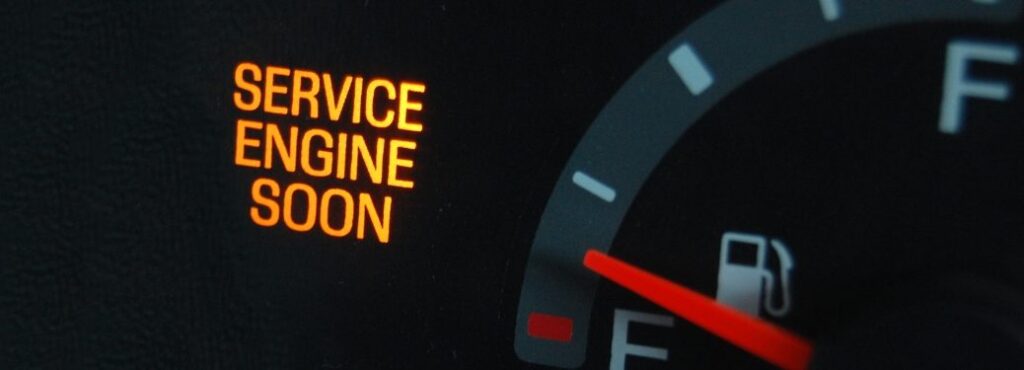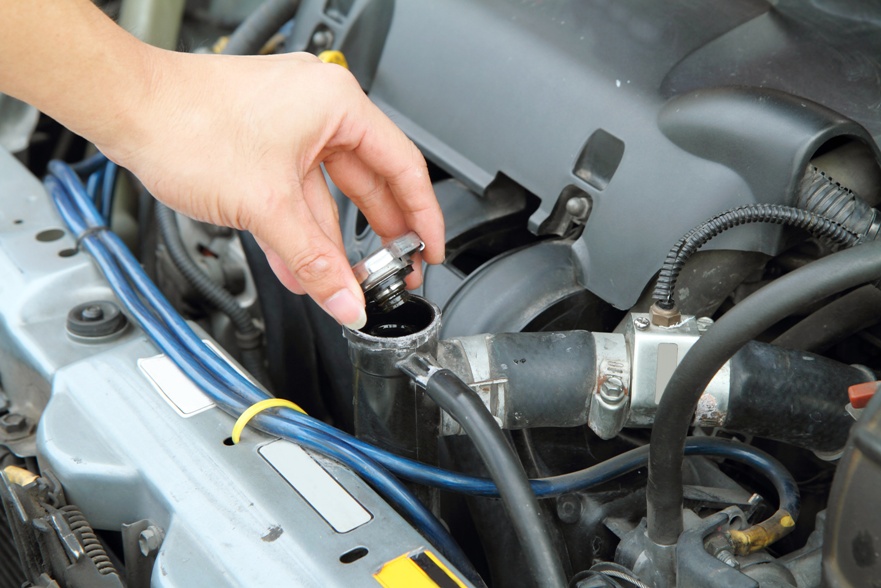A Ford Bronco might be expensive, but it is the best vehicle to run on rough terrains. The highly anticipated rugged, mid-sized SUV of recent years has become the favorite of vehicle owners as it is unique and a highly capable off-roader. It is popular for offering an enjoyable drive, rugged looks, great performance, and the utmost comfort to passengers and drivers.
Out of all the recently rebooted sports vehicles to hit the market, the most successful is Ford Bronco. But it is critical to regularly maintain it to save money and prevent unexpected mechanical failures.
Here are a few maintenance tips to make a big difference in the lifeline of your Ford Bronco.
1. Change the Oil Regularly
You’re a proud owner of a Ford Bronco now. But that doesn’t mean you have no responsibility. If you want your off-roader to keep running smoothly for years while giving you the least pain, we suggest changing its oil regularly. It will surprise you that many car owners let their oil change go beyond the due date. So, please don’t make a mistake with your SUV.
Changing your vehicle’s oil after certain miles helps make a huge difference in its operation. If you use high-quality motor oils, your car will go longer.
You can learn more about oil change mileage in the manual. If you own the newest version of SUV, it might have a Smart Oil Life Monitor that gives you a warning when the Ford Bronco parts needs a change.
2. Keep Rotating the Tyres
Ford Bronco is meant for off-roading, which involves running the vehicle on rough terrains, whether sand, gravel, snow, sleet, mud, or water. That’s why keeping it in the best shape is crucial by paying attention to all the parts. One such responsibility is rotating the tires, which the car owners often miss as they don’t consider it vital.
Tire maintenance involves rotating them every 6,000-9,000 miles to save your vehicle from premature wear. This upkeep is crucial, especially with off-roaders, as they run in poor conditions, such as rain, snow, mud, etc. Doing so keeps the tires in good shape and saves the vehicle by offering a smooth ride to all its functional components for a prolonged time.
3. Pay Attention to Warning Lights

Ford Bronco is a sophisticated yet sturdy machine that communicates with the dashboard when something is wrong. You can see numerous warning lights in the car’s computer system, each indicating something. If you don’t know what these signals mean, get in touch with your car service technician, who will tell you when it’s an emergency so that you can investigate further.
As a rule of thumb, you can check the SUV for MIL (Malfunction Indicator Light), also known as check engine light. If it blinks continuously, it means your car needs immediate attention. You may also look for other indicator lights in the manual or bring them to a technician.
While listening to the warning lights, don’t overlook the spark plugs. It is a critical element of a Bronco’s engine that ensures all the electrical components work harmoniously. Since these plugs and wires can break down after years of prolonged usage, you need to replace them if you want your Ford to continue running smoothly.
4. Change Transmission Fluid
Ford Bronco requires the transmission fluid to change every 150,000 miles. Some car owners might think changing this fluid is optional, but remember that it is as crucial as changing the engine oil. But thankfully, you don’t have to worry about it nearly as often.
Consult your car service technician if you’re confused about when to change the fluid. They will recommend when and how often to change it depending on various conditions.
Also, remember to regularly check under your car for any wet spots or stains. If you notice any such spots, the vehicle is leaking, which is a cause for concern. You may notice engine oil, transmission fluid, steering fluid, coolant, or brake fluid leaking from under the car. Whatever the reason is, you must get it fixed ASAP by contacting a service professional.
5. Carry Out a Coolant Flush

It doesn’t matter where you live because conducting a regular inspection of your Bronco’s coolant flush is critical. It not only keeps your car’s cooling system in good working condition but also allows it to run smoothly. A Ford Bronco is a great option for people in extremely colder regions, as the SUV can easily run on snowy paths while giving the driver and passengers the utmost comfort.
But the problem is extreme temperatures can freeze its cooling system. The old coolant may also malfunction due to the build-up of waste matter, making it impossible for the vital fluid to work efficiently. Due to these reasons, it is vital to conduct a regular coolant flush, especially if you live in extremely colder regions.
6. Get the Brakes Inspected
Brakes are one of the most critical components of a vehicle that should always be in proper working condition. So, always replace the brake pads after every 50,000 miles, especially if you’re running a Sports Utility Vehicle. Also, remember to get the brake rotators checked by a technician regularly.
7. Always Maintain a Record

Not every vehicle owner remembers when they last got their transmission fluid or engine oil changed. Although remembering the details is unimportant, one must keep a record to know when the maintenance is due. You can write the details on a sheet of paper and keep the record in a box. Don’t forget to update it with the work done along with the date every time your vehicle undergoes servicing.
Wrapping up
We hope this blog helps you learn the various maintenance tips that make a huge difference in your Ford Bronco’s life. But the biggest favor one can do is to conduct timely service checkups from a professional. If you contact an expert, they will easily detect problems before they turn big and costly.

